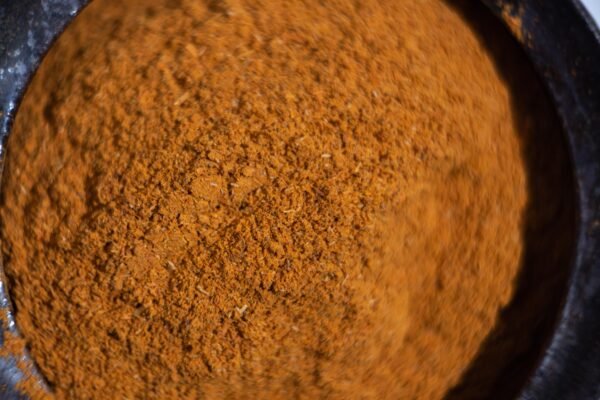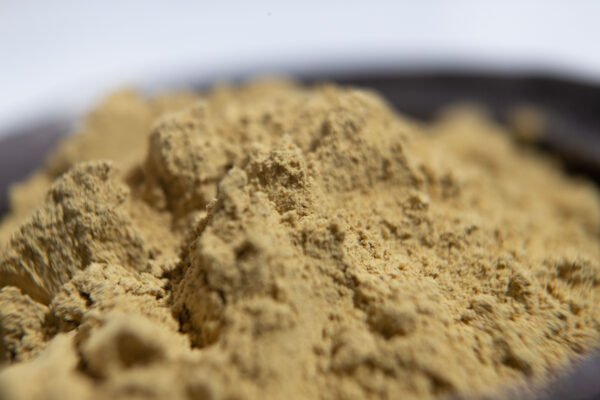NATURAL DYES
21 Products
Filters
-

 4,00 € – 23,00 €Price range: 4,00 € through 23,00 €
4,00 € – 23,00 €Price range: 4,00 € through 23,00 €Gallnut is one the earliest and richest source for natural colourless tannin and is found in the galls of oak trees. It is are very rich in tannins and they produce butter yellow / beige / cream / light brown when used by its own and iron post-mordant will produce greys and blacks. This can be used as a pre-mordant for cellulose fibres as high in tannins or as a dye for brown and tan colour shades. Also Gallnuts are a great tannic acid source to use instead of other mordants.Natural Plant Dyes and Extracts are derived from botanical sources, and are both sustainable and ethically produced. Dyes are carefully sourced from suppliers with trust to uphold the highest of standards in quality.
Select options This product has multiple variants. The options may be chosen on the product page -
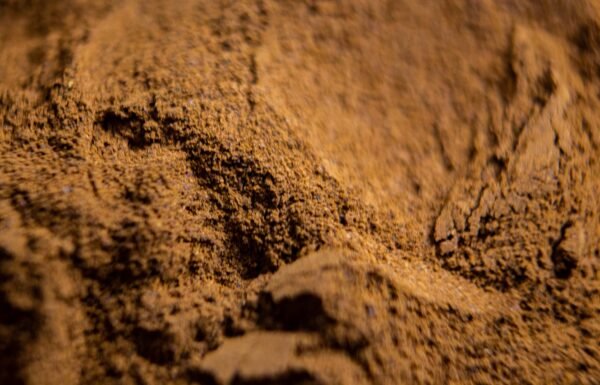
 4,00 € – 24,00 €Price range: 4,00 € through 24,00 €
4,00 € – 24,00 €Price range: 4,00 € through 24,00 €Himalayan Rhubarb is a natural dye obtained from the roots of a mountain rhubarb variety that grows in the Himalayas. Each part of the plant gives colour but the strongest pigment is held within the roots, which is what our dye is made from. It gives deep golden tones varying from yellows to yellow-reds. Natural Plant Dyes and Extracts are derived from botanical sources, and are both sustainable and ethically produced. Dyes are carefully sourced from suppliers with trust to uphold the highest of standards in quality.
Select options This product has multiple variants. The options may be chosen on the product page -
 4,00 € – 24,00 €Price range: 4,00 € through 24,00 €
4,00 € – 24,00 €Price range: 4,00 € through 24,00 €Madder is an ancient dye used for thousands of years with the high light fast properties. Its used to achieve reds, terracota and brown-organge reds and in combination with other dyes can yield purples, brick, rust and salmon.The primary dye component is alizarin, which is found in the roots of several plants and trees.Please store your dyes out of reach of children, out of sunlight and under dry conditions.
Select options This product has multiple variants. The options may be chosen on the product page -
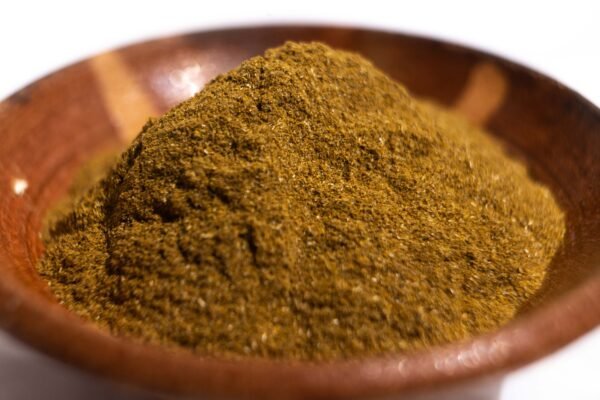
 4,00 € – 23,00 €Price range: 4,00 € through 23,00 €
4,00 € – 23,00 €Price range: 4,00 € through 23,00 €It yields rich vibrant yellows, green-yellows and oranges. Marigold has a moderate light and washfastness. Natural Plant Dyes and Extracts are derived from botanical sources, and are both sustainable and ethically produced. Dyes are carefully sourced from suppliers with trust to uphold the highest of standards in quality.
Select options This product has multiple variants. The options may be chosen on the product page -
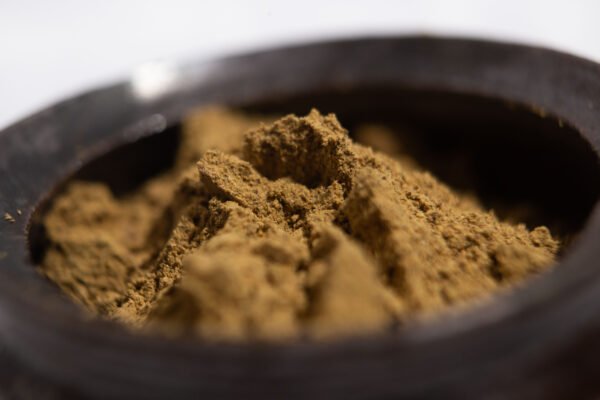
 4,00 € – 20,00 €Price range: 4,00 € through 20,00 €
4,00 € – 20,00 €Price range: 4,00 € through 20,00 €This dyestuff consists of ground nuts of the Terminalia chebula tree. It may be classed as both a mordant and a dye, giving a light buttery yellow when applied. Myrobalan is a good foundation for overdyeing.Natural Plant Dyes and Extracts are derived from botanical sources, and are both sustainable and ethically produced. Dyes are carefully sourced from suppliers with trust to uphold the highest of standards in quality.
Select options This product has multiple variants. The options may be chosen on the product page -
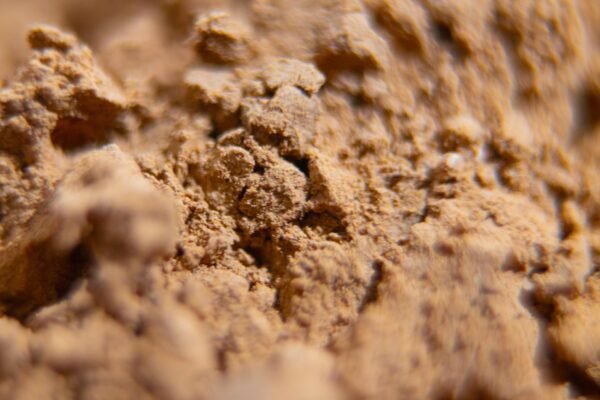
 3,00 € – 16,00 €Price range: 3,00 € through 16,00 €
3,00 € – 16,00 €Price range: 3,00 € through 16,00 €This dyestuff is high in tannin and improves the light and washfastness of any dye with which it is mixed. Pomegranate yields soft yellows to green-yellows and it yields yummy warm cement greys and deep moss greens.Natural Plant Dyes and Extracts are derived from botanical sources, and are both sustainable and ethically produced. Dyes are carefully sourced from suppliers with trust to uphold the highest of standards in quality.
Select options This product has multiple variants. The options may be chosen on the product page -

 4,00 € – 19,00 €Price range: 4,00 € through 19,00 €
4,00 € – 19,00 €Price range: 4,00 € through 19,00 €Quberacho dye comes from a tree native to South America, which is very high in tannins. The dye can vary in colours from coral, warm red brown, yellow or green depending on the species. Querbracho it delivers a range of warm shades reddish browns, apricots, yellows. Natural Plant Dyes and Extracts are derived from botanical sources, and are both sustainable and ethically produced. Dyes are carefully sourced from suppliers with trust to uphold the highest of standards in quality.
Select options This product has multiple variants. The options may be chosen on the product page -

 4,00 € – 30,00 €Price range: 4,00 € through 30,00 €
4,00 € – 30,00 €Price range: 4,00 € through 30,00 €Sappanwood is rich in tannin and contains the colourant known as Brazilin which is of similar reds to historically known Brazilwood. Its used to achieve orange-reds, purples, brick, fuschia, peach and other similar shades.Natural Plant Dyes and Extracts are derived from botanical sources, and are both sustainable and ethically produced. Dyes are carefully sourced from suppliers with trust to uphold the highest of standards in quality.
Select options This product has multiple variants. The options may be chosen on the product page -

 3,00 € – 17,00 €Price range: 3,00 € through 17,00 €
3,00 € – 17,00 €Price range: 3,00 € through 17,00 €This dyestuff is obtained from the bark of the tree and also from the green husks of the fruit. Walnut is a substantive dye and can be used without a mordant. Walnut has a very high tannin content and as a dye gives beautiful soft browns and soft mushroom shades. Iron creates rich chocolate browns or deep browns. Natural Plant Dyes and Extracts are derived from botanical sources, and are both sustainable and ethically produced. Dyes are carefully sourced from suppliers with trust to uphold the highest of standards in quality.
Select options This product has multiple variants. The options may be chosen on the product page







